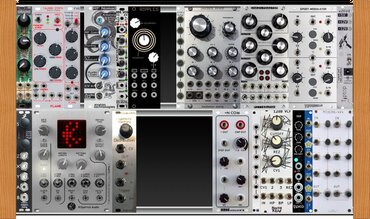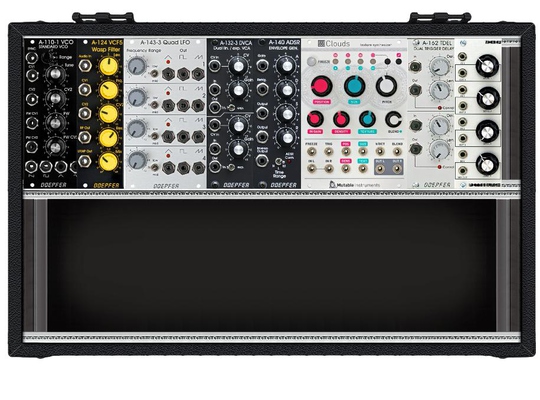HI and welcome. All the modules you have listed are great choices and you cannot go wrong with any of them.
Do not expect to make the right decision and be set once and for all, though. As you go on, try things and learn, your views and needs will change. My general advice would be to go from few and simple modules to more complex and bigger, because: Once you mastered the simple stuff you will know why exactly you need the bigger/better/faster/more. And only then. Probably go second hand as you loose very little when you pass stuff on later. And there's always one more module you will want to try.
ENV: Maths vs. Rampage -- pick either. I guess there's a lot more people out there having experience with Maths and that's why you hear the Rampage being praised less. Did you watch the DivKid video about the Rampage?
VCO: Both Braids and the Black WT are great. Oh and I like the Pico because of its small footprint and price.
LFO: I started out with a big complex quad LFO with a gazillion features. Now I'm using this. Not saying Batumi isn't great, just that you will not need all of it on day 1.
VCA/CV tools: You will need both a mixer and CV conditioning , not either or ;-)
I'm getting great use out of these two. They go a long way for very little money.
A personal note: Big complex modules with a deep menue holding a ton of options are great. They can also be a great obstacle when you just want to make some spontaneous music.
Now re-read that second paragraph ;-)
Cheers!


 .
.